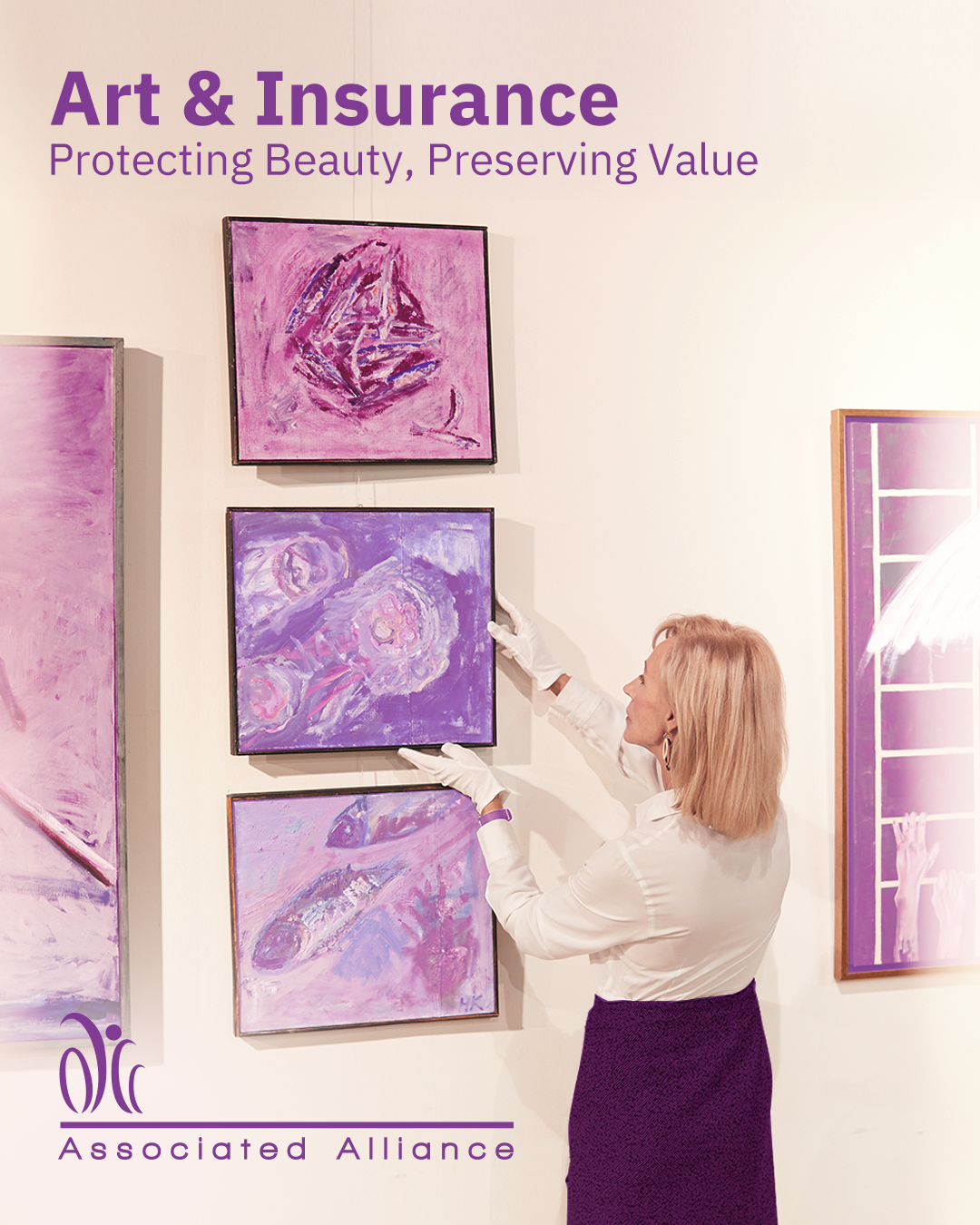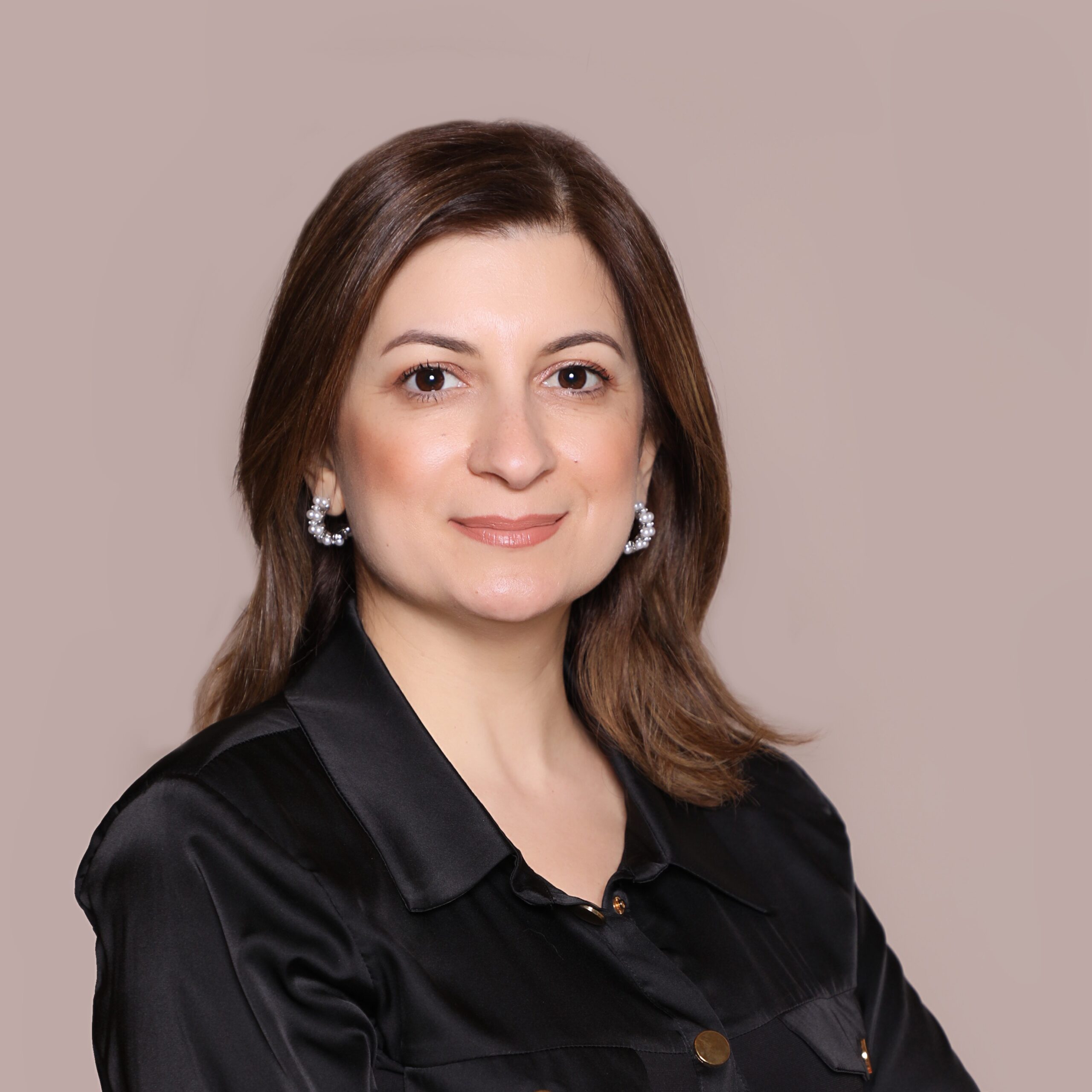“Art is not what we see, but what we make others see,” wrote Edgar Degas. That quote reminds us that art speaks differently to each person, across all ages. A child’s sketch, a treasured family painting, or a contemporary installation in a museum, each carries a story worth protecting.
This is where my two worlds meet: arts management and insurance. At first glance, they may seem far apart. In reality, they share a common goal: safeguarding value.
From History To Today
The idea of protecting art through insurance has deep historical roots. As early as the 17th century, merchants insured valuable cargo, including paintings and sculptures, as they crossed oceans. Over time, this evolved into today’s art insurance: specialized coverage for theft, accidental damage, fire, natural disasters, risks during transport and exhibitions, restoration costs, and even acts of vandalism or political violence.
While the principles of protection have remained, the art market itself has grown more complex and diverse, and with that, the way we assess and insure value has evolved.
Classical Art is often seen as stable and enduring. Works from the Renaissance or Baroque periods carry centuries of cultural significance, and their value tends to remain consistent over time. These pieces often come with well-established provenance which helps confirm authenticity and supports reliable valuation.
Yet the value of art is not always immediate. Some works may be overlooked when first created, only to become highly prized later. A well-known example is Vincent van Gogh, whose expressive paintings are now celebrated worldwide. During his lifetime, however, he sold only one painting: The Red Vineyard at Arles. Today, his works are among the most admired and valuable in the art world. This shift in recognition shows how artistic value can emerge gradually, shaped by cultural appreciation and historical perspective.
Contemporary Art, by contrast, is fluid and sometimes unpredictable. As Robert Hughes wrote in The Shock of the New: “The new art is designed to unsettle, to question the old order of things.” This unpredictability makes valuation as much an art as it is a science. And for insurers, it presents unique challenges. Was that stain on the canvas an accident… or part of the artist’s intent? These moments remind us that while insurance is a serious business, art keeps us humble, curious, and entertained.
For insurance brokers and consultants, this means maintaining constant dialogue with owners, curators, appraisers, collectors, and galleries to ensure that coverage reflects both the financial and emotional value of a piece.
The Middle East Connection
Working in the Middle East, we have seen how this conversation takes on its own dimension. Cities like Abu Dhabi, Beirut, Dubai, Doha, and Riyadh are no longer emerging art hubs. They are central players in the global art scene. International fairs, regional galleries, and private collectors are shaping a vibrant market with unique challenges and opportunities.
Here, our role as Associated Alliance Incorporated becomes especially important. It’s not just about providing a policy; it’s about:
- Guiding clients through the right valuation processes
- Advising on transport, storage, and exhibition risks
- Understanding both global insurance standards and regional realities — from regulatory frameworks to political and economic volatility
In many ways, we become a cultural partner, helping ensure that art, whether displayed in a museum or stored in a private home, is protected for the future.
When Claims Arise
“Art is not just made. It is lived,” said Audre Lorde. No collector wants to imagine loss, but when it happens, clarity matters.
The steps are simple:
- Notify us
- Document the incident with photos and certificates
- Allow nominated experts to assess the damage
Whether through restoration, replacement, or financial settlement, the goal is always respect not only for the market value, but also for the emotional significance.
Preserving Joy, Not Just Value
Art speaks to our emotions. Insurance speaks to our responsibilities. Together, they allow creativity to flourish without fear of loss.
As a broker and a consultant working at the intersection of arts management and insurance, we believe our role is not only to protect value, but to preserve the joy of art for generations to come.

